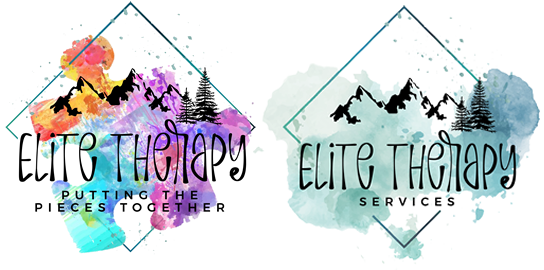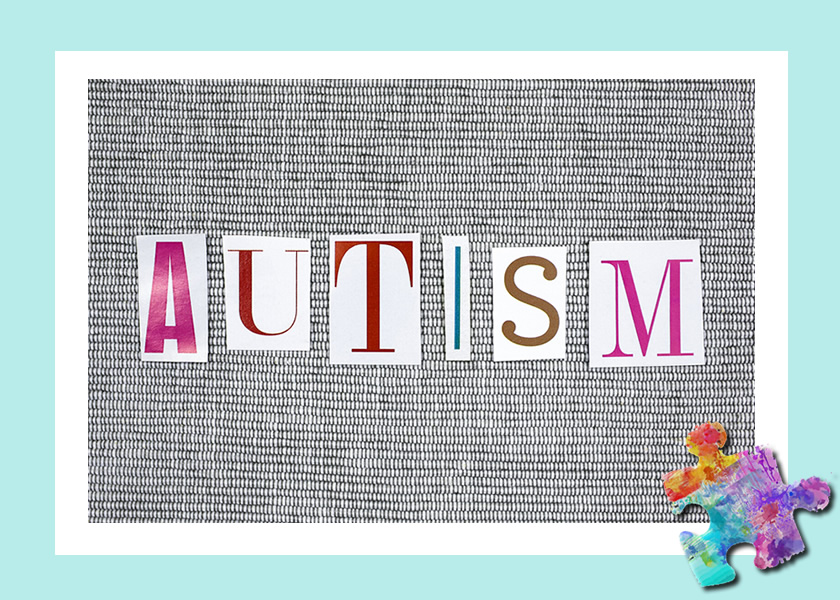Applied Behavioral Analysis (ABA) is a type of therapy based on the science of learning and behavior.
It is the gold standard for treating children with Autism Spectrum Disorder.
Behavior analysis helps us to understand how behavior works, how it is affected by the environment and how learning takes place. The goal of ABA is to increase behaviors that are beneficial and decrease harmful behaviors to improve overall function across all areas of the child's life. ABA therapy can help decrease problem behaviors and increase communication skills, improve attention, focus, social skills, memory, and academic performance. Applied Behavioral Analysis therapy has been helping children with autism since the 1960's. Treatment includes adapting to meet the needs of each unique child, working in various settings including home, school and community, and teaching skills for success in everyday life.
ABA applies the science of “behaviorism,” to bring about meaningful change in an individual’s actions. It looks at behavior as a three step process: the antecedent (a cue or instruction), the behavior and the consequence.
Discrete Trial Training (DTT) is a structured ABA technique that breaks down skills into small, “discrete” components. DTT is a one-to-one instructional approach used to teach skills in a planned, controlled, and systematic manner. DTT is used when a child needs to learn a skill best taught in small, repeated steps. Each trial or teaching opportunity has a definite beginning and end. Systematically, the registered behavioral technician teaches these skills one by one through the use of tangible reinforcements for desired behavior.

